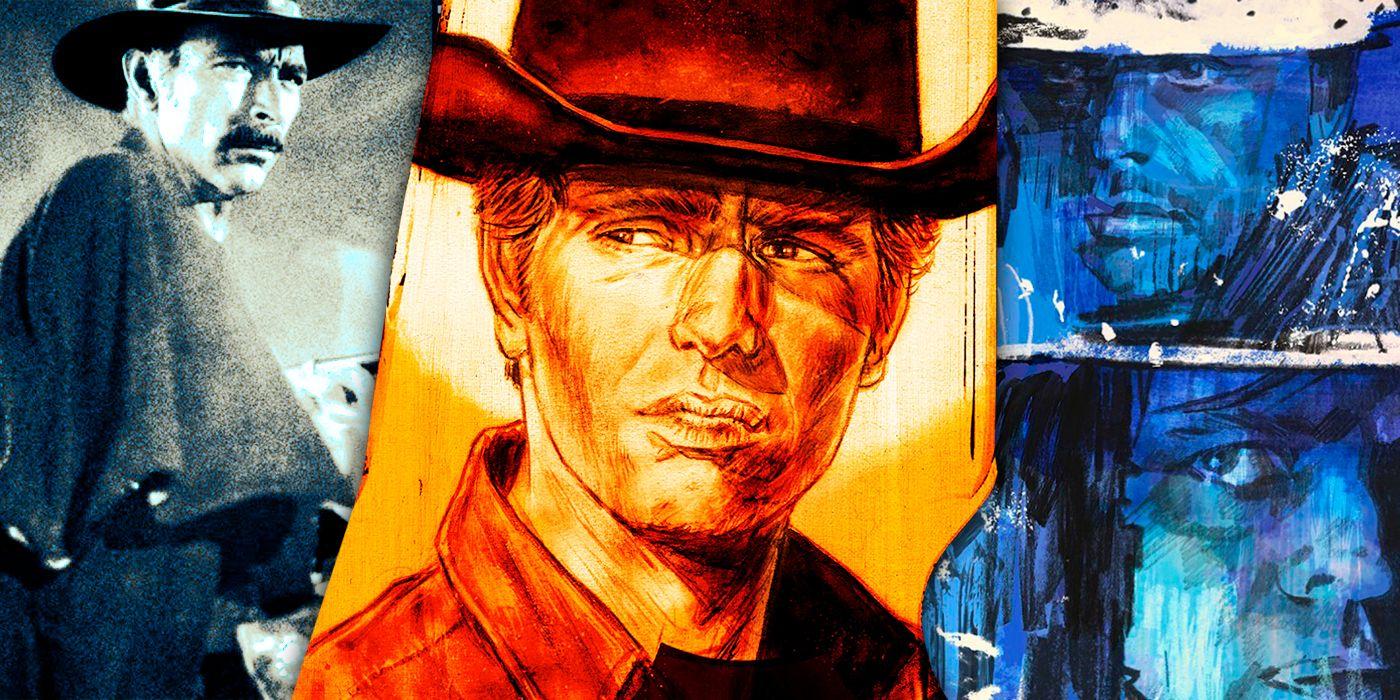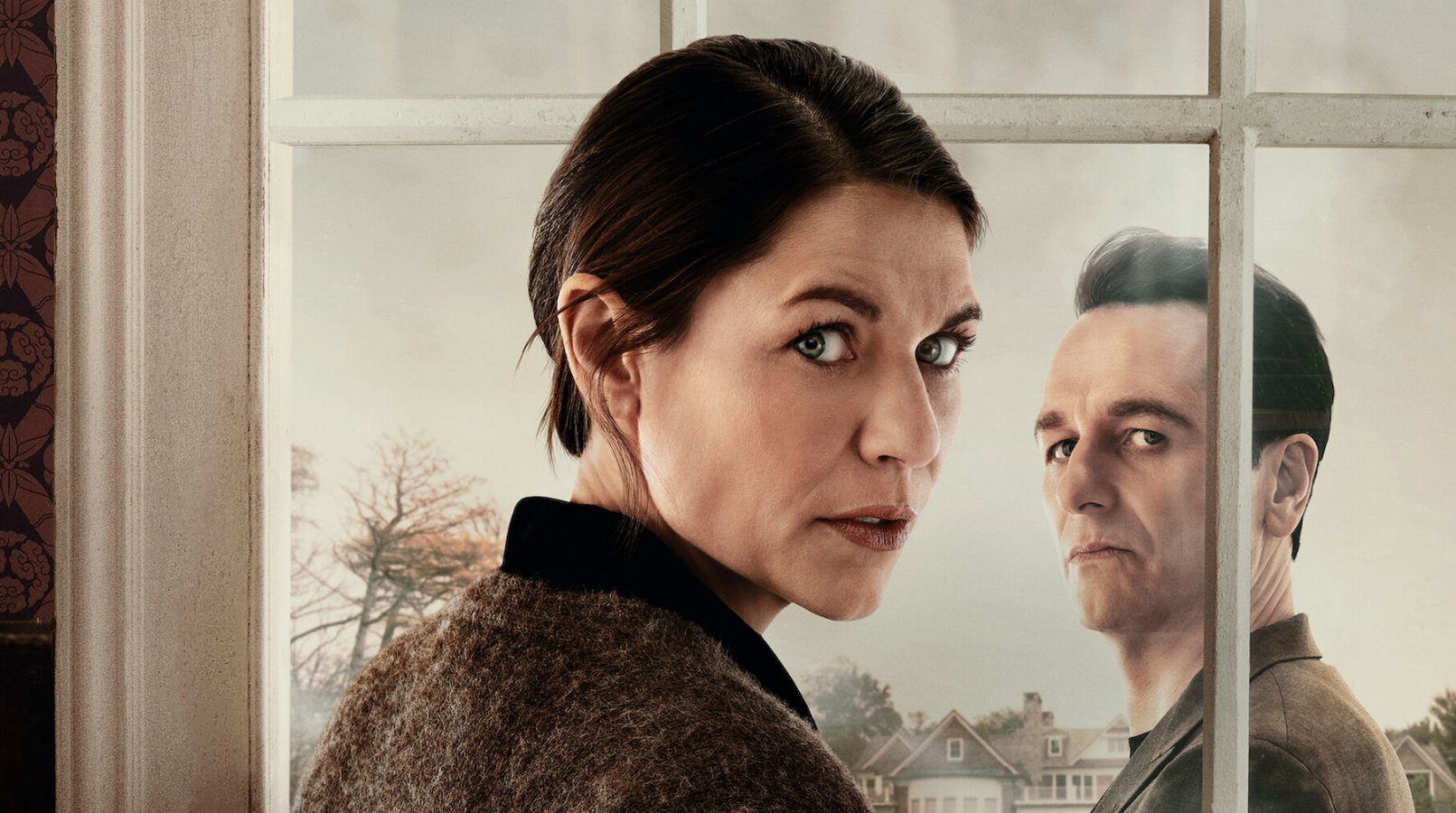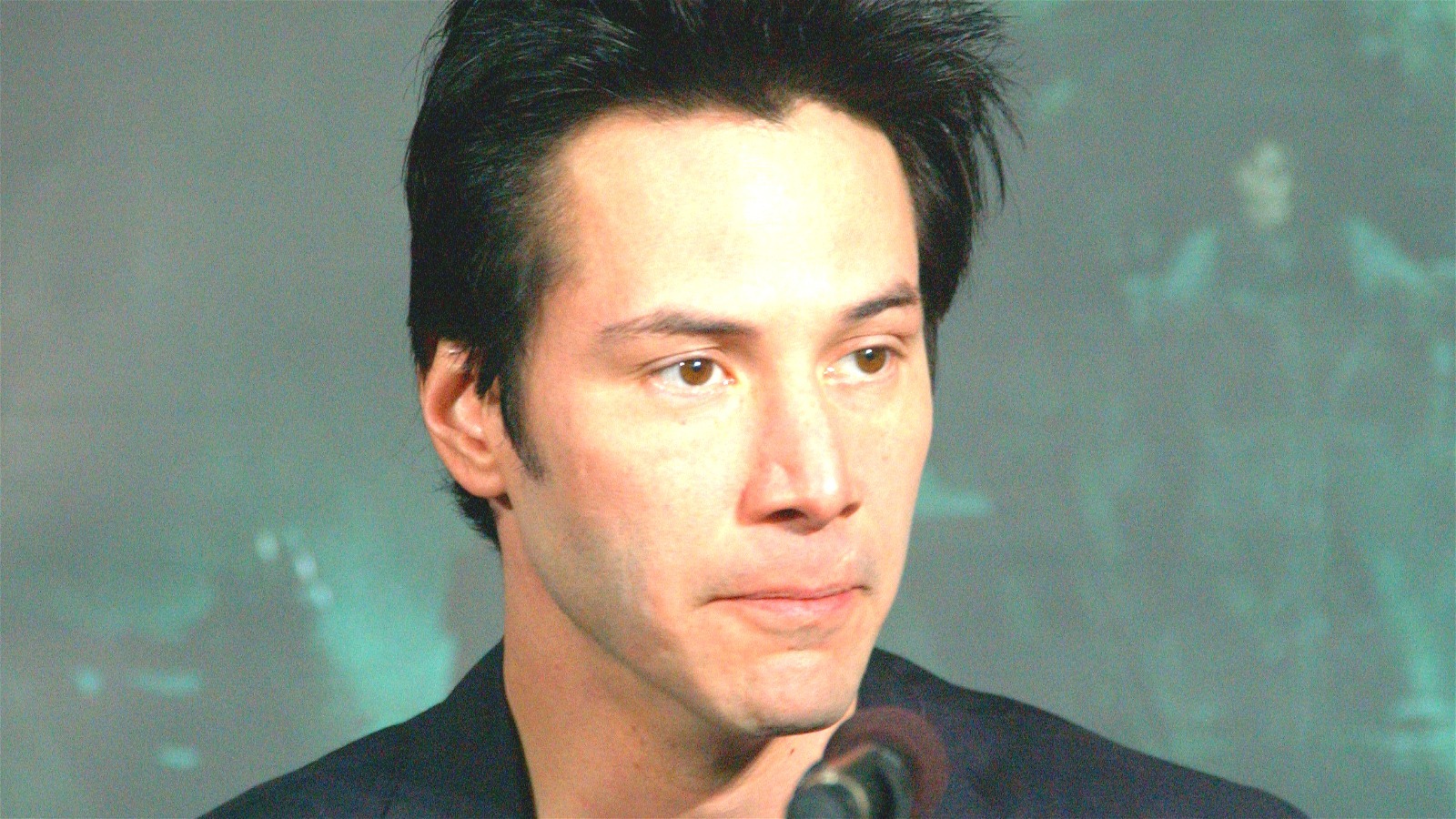The Western film genre is defined by wide-open landscapes, solitary antiheroes, tense standoffs, and stark morality. Yet, few films have so thoroughly reshaped and embodied the genre as The Good, the Bad and the Ugly (1966). Directed by Sergio Leone and powered by Ennio Morricone’s iconic score, this film has not only achieved cult status but redefined the very tenets of Western storytelling for generations worldwide. Examining its narrative architecture, aesthetic techniques, cultural influence, and ongoing legacy reveals why it is often considered the ultimate Western.
A Groundbreaking Method for Narrative Creation
At its core, the film’s genius lies in Sergio Leone’s fearless subversion of traditional character archetypes. Here, the lines between heroism and villainy are artfully blurred. The trio—Blondie (the Good), Angel Eyes (the Bad), and Tuco (the Ugly)—represent not just straight moral opposites, but complex, flawed, and unpredictable individuals. None embody the pure-hearted cowboy or purely evil outlaw familiar from earlier Westerns. Instead, each character is guided by survival instincts, greed, and a unique personal code.
Leone structures the plot around a treasure hunt during the American Civil War, using the larger conflict as a backdrop rather than the focal point. This enables the director to spotlight the personal journeys and transformations of the central characters. The narrative interweaves their motivations and allegiances, culminating in a legendary three-way standoff—a set piece now imitated countless times across cinema.
Visual Storytelling and Iconic Cinematography
Leone’s visual sensibility is revolutionary for its time. The director’s use of extreme close-ups juxtaposed with vast landscape vistas creates an experiential tension unique to the film. Cinematographer Tonino Delli Colli employs natural light to accentuate the dust, sweat, and grit etched into each character’s visage, enhancing realism while also building mythic resonance.
Perhaps the film’s most celebrated visual sequence is the climax at Sad Hill Cemetery. Through rapid editing, shifting perspectives, and excruciatingly prolonged silence, Leone generates an almost unbearable suspense. The dance of eyes and hands before the gunfire is not mere theatrics but an embodiment of psychological warfare, forever altering how shootouts are conceptualized on screen.
Reimagining the Auditory Landscape: Ennio Morricone’s Musical Composition
If Leone reimagined the visual lexicon of Westerns, Ennio Morricone fundamentally altered their auditory landscape. The central musical motif of the movie, distinguished by its coyote-esque cries, eerie whistles, and unconventional instrumentation, stands as one of the most iconic scores ever created. This musical composition transcends mere accompaniment; it operates as a driving narrative element, intensifying feelings, delineating personalities, and occasionally even punctuating the unfolding events with a theatrical magnificence.
Morricone’s musical compositions for every principal character—a distinctive whistle for Blondie, a melodic flute for Angel Eyes, and expressive human voices for Tuco—function as aural leitmotifs, deepening their portrayal and inner lives without requiring explanatory conversation. The collaborative effort between the director and the composer in this movie established a lasting standard for the fusion of music and cinematic art.
Ethical Complexity and the Frontier Legend
Most previous Western movies glorified the frontier, portraying the West as a setting where virtue could overcome wickedness in an untamed landscape. Leone’s movie subverts this notion, depicting the Union and Confederate forces not as exemplars of righteousness or depravity, but as organizations prone to irrational brutality and dishonesty. The pointlessness and disorder of conflict are ever-present, making the quest for riches simultaneously ludicrous and profound.
The complex morality of the main trio exposes the thin line between good and bad when survival and greed rule. This ambiguity creates a more authentic reflection of the human condition, encouraging audiences to question black-and-white worldviews and the simplistic heroics associated with classic Westerns. The American West in Leone’s hands becomes a metaphor for life’s randomness, danger, and ambiguity.
Influence and Imitation: Setting the Standard
The movie’s impact extends beyond its category. Filmmakers like Quentin Tarantino, Martin Scorsese, and the Coen Brothers have acknowledged its foundational role. The “Mexican standoff”—made famous by the graveyard finale—is now a worldwide cinematic symbol for suspense, deception, and fluctuating authority.
In addition, the movie spawned the “spaghetti Western” subgenre, influencing numerous European and American works that embraced Leone’s distinctive stylistic and thematic elements. The raw authenticity, anti-heroic figures, and intricate moral dilemmas became defining characteristics, ultimately permeating American neo-Westerns, reinterpreted narratives, and even diverse genres, ranging from science fiction to graphic novels.
On a technological level, Leone’s experimental editing, use of widescreen Techniscope format, and innovative blending of soundtracks laid the groundwork for modern action cinema, influencing editing rhythms and sound design in contemporary blockbusters.
An enduring cinematic masterpiece
Multiple artistic elements intertwine within The Good, the Bad and the Ugly. The movie’s complex storyline, deep character portrayals, stunning visuals, and innovative sound design collectively forge a complete cinematic journey. Its exploration of aggression, ethics, and destiny’s capriciousness extends beyond its Western setting, providing an enduring reflection on humanity and dominance.
Through continuous innovation and bold narrative, Leone’s magnum opus resists succumbing to mere nostalgia. Rather, it persists as a foundational work—one that consistently provokes thought, delights, and motivates. With every new generation that rediscovers its gritty confrontations and profound inquiries, the movie stands as more than just a zenith of Western filmmaking; it is a pivotal moment in the universal lexicon of cinema itself.





